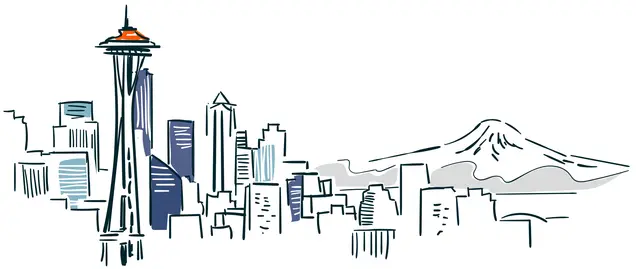
Following up on my post about writing personal weekly summaries, this post explains how you can scale the process to your entire organization. In doing so, you create a “pyramid of radical candor” that directly combats insular communication.
But wait, there’s more! If you have reasons to share your org roll-up externally, the leader of that org can filter the document to make an external version. Pyramids within pyramids…
This is especially valuable if you are in a remote environment or in an organization where different roles report to different leaders. This mechanism maximizes communication flow and minimizes your time spent in status update meetings.

As Technical Program Managers (TPMs), we often end up as meeting note takers. While TPMs are not just stenographers, note taking is a valuable exercise, and thus taking notes is something to be encouraged. It is OK for note taking to be TPM led, as we often are the best suited to distill down complex, cross-functional, and cross-organizational topics. However, the reality is note taking is meant to serve a purpose, and all meeting attendees should be encouraged to partake in their own way to ensure maximal value of the exercise.
This lightweight post simply defines a best practice around collaborative note taking, where the note taking responsibility is shared across all members of a meeting.

When I shared my post about the value of writing weekly summaries months ago, I wasn’t sure how long it would be before I had a follow-up on it. Well, here’s the first follow-up on it!
An article that I was reading the other day triggered the inspiration for this post. While I struggle with many articles written by people without direct experience, I want to highlight a particular part of this article: “[Atlassian VP] Dean pushes Atlassian employees to keep 50% of their day open for individual-focused productivity.”
This quote spoke to me, as 50% is exactly the target I held myself to in my first two years at Zillow. Why this target? I made it up; it felt right for me as a TPM. While you are free to adjust the target, perhaps for other roles or levels – just don’t let picking a target get in the way of you getting started.
And what medium did I use to track this? Well, my weekly summary, of course!
So…how does one get started? If you look at your calendar, it might make you feel sick right now 🤢. Well, there’s good news! We all start here, and this is why this post is necessary. Even better news: you already did step 1.

I keep seeing Return to Office (RTO) news in the tech industry and the cultural divide it is causing. In general, people fall into one of two camps:
1. Everyone should return to the office full-time to maximize collaboration, brainstorming, and morale.
2. Everyone should be permanently remote forever; we’ve proven we can do this during the pandemic.
The compromise then assumed by companies is that a mandatory RTO 2-3 days/week strikes the balance between the two sides. But this is a bad compromise that comes out of a false dichotomy. As there is a third option, one I argue most people want: to be permanently remote, but have optional office space to be used when needed.

If you read tech blogs at all, you’ll come across hundreds of “do these simple things to elevate your career,” or some other buzz-worthy headline. And you’ll read it, and if you’re like me, think “thanks for the high level information I already knew with no examples or data to explain or prove the value…” /sarcasm. So, what’s this post, then? Well, my own version, of course! But with a few key differences…

When COVID-19 first hit the US in March, 2020, most of us were only sure about one thing: a serious global pandemic was beginning, and we had to adapt in order to survive. I am lucky to work in tech, where an industry-wide pivot to remote work has occurred. While this immediate, unplanned shift was scary at the time for cultures unaccustomed to remote work, we were lucky to have many existing resources as a starting point¹. However, these resources tend to focus on the high-level, cultural shifts for remote work. But when it comes to the tactical execution of such a transition, well, that’s a whole other ballgame.

By summer 2021, I was hitting a wall. I was vaccinated. I had social distanced and minimized contact despite being an extrovert. I was exhausted. I had just changed teams, focus, and scope of what I was working on to regain the “spark” that I had lost. I was primarily working with people I had never met in person. I was optimistic that a change would help, but I suspected even more was needed.








